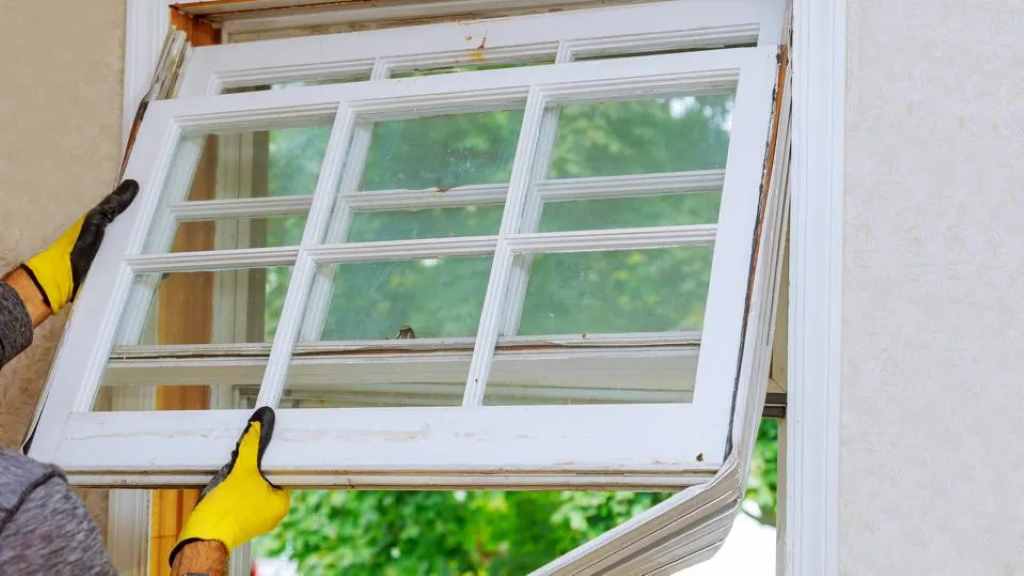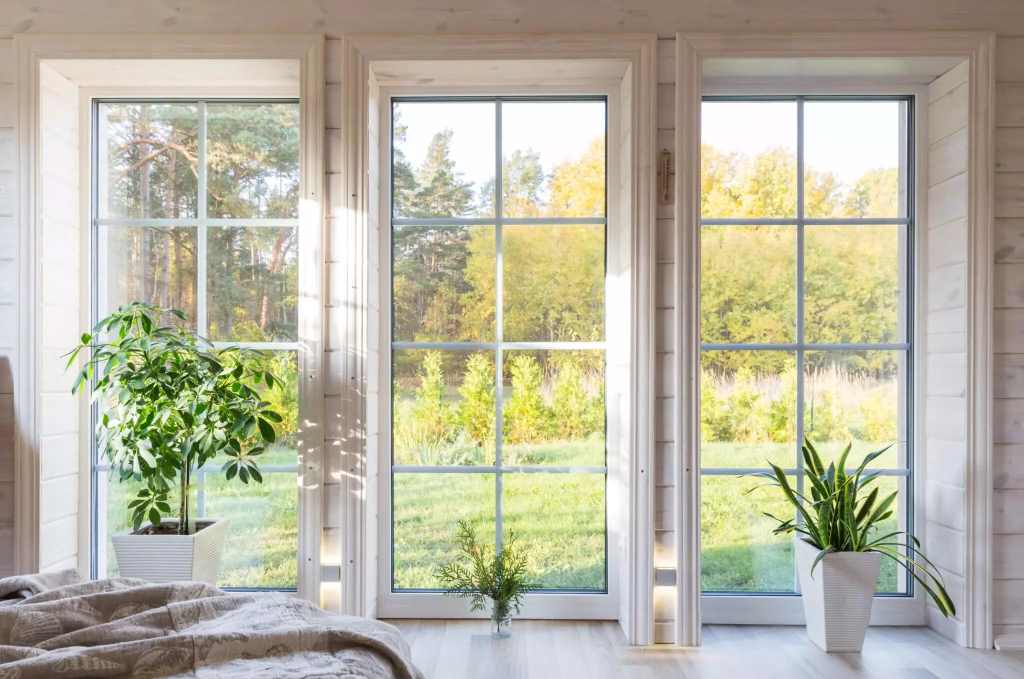The quest for energy efficiency and cost savings is a perpetual one for homeowners. One often overlooked yet impactful avenue for achieving these goals is through replacement windows. Upgrading old, inefficient windows to modern, energy-efficient ones can lead to substantial savings on heating and cooling costs, enhanced comfort, and a reduced carbon footprint. Additionally, when considering new windows, it’s also worth learning how to clean outside windows from inside, as this can help maintain their efficiency and appearance over time. This article delves into the mechanics of energy savings with replacement windows, factors to consider when choosing windows, and practical tips for maximizing energy efficiency.
Understanding the Energy Dynamics of Windows
Windows, though seemingly solid, are pathways for energy transfer between the interior and exterior of a home. Heat gain and heat loss occur through windows via three primary mechanisms:
- Conduction: This is the transfer of heat through a material. In the context of windows, heat flows from the warmer side to the colder side through the glass and frame.
- Convection: This involves the transfer of heat through the movement of air or other fluids. Air near a warm window pane heats up, becomes less dense, and rises, creating air currents that facilitate heat transfer.
- Radiation: This is the transfer of heat through electromagnetic waves. The sun’s radiant energy passes through windows, warming interior surfaces.
Older windows, especially single-pane ones with aluminum frames, are notorious for their poor energy performance. They allow significant heat transfer, leading to increased energy consumption for maintaining comfortable indoor temperatures.
How Replacement Windows Save Energy
Modern replacement windows incorporate several advancements to minimize heat transfer and enhance energy efficiency:
- Multiple Panes: Double-pane or triple-pane windows create insulating air spaces between the glass panes. These air spaces, sometimes filled with inert gases like argon or krypton, significantly reduce heat transfer via conduction and convection.
- Low-E Coatings: Low-emissivity (Low-E) coatings are microscopically thin, virtually invisible metallic layers applied to the glass surface. These coatings reflect radiant heat, keeping heat inside during winter and outside during summer.
- Warm-Edge Spacers: Traditional metal spacers between glass panes conduct heat readily. Warm-edge spacers, made from materials like silicone foam or structural foam, minimize heat transfer at the window edges.
- Gas Fills: Inert gases like argon or krypton have lower thermal conductivity than air, further enhancing the insulating properties of the air spaces between glass panes.
- High-Performance Frames: Modern window frames are made from materials like vinyl, fiberglass, or wood composites that offer superior insulation compared to traditional aluminum frames.
These features work in tandem to reduce heat gain and heat loss through windows, leading to substantial energy savings.
Factors to Consider When Choosing Replacement Windows
Selecting the right replacement windows involves careful consideration of several factors:
- Climate: The climate in your region plays a crucial role in determining the ideal window specifications. In colder climates, windows with high insulation values (U-factor) and solar heat gain coefficient (SHGC) are desirable to minimize heat loss and maximize solar heat gain. In warmer climates, windows with low SHGC and high visible light transmittance (VT) are preferable to reduce heat gain while allowing ample daylight.
- Window Type and Style: The type and style of window also influence energy performance. Fixed windows generally offer better insulation than operable windows. However, operable windows provide ventilation and egress options. Consider the specific needs of each room when choosing window types and styles.
- Frame Material: The frame material impacts both energy efficiency and aesthetics. Vinyl frames are popular for their affordability, low maintenance, and good insulation. Fiberglass frames offer superior durability and energy performance but are generally more expensive. Wood frames provide a classic look but require regular maintenance to prevent rot and decay.
- Energy Ratings: Look for windows with ENERGY STAR® certification, which indicates that they meet stringent energy efficiency criteria set by the U.S. Environmental Protection Agency. The National Fenestration Rating Council (NFRC) label provides detailed information about a window’s U-factor, SHGC, VT, and air leakage rating.
- Installation: Proper installation is crucial for maximizing energy efficiency. Ensure that your replacement windows are installed by qualified professionals who follow industry best practices.
Maximizing Energy Efficiency with Replacement Windows
In addition to choosing the right windows, consider these tips for maximizing energy efficiency:
- Orientation: Strategically orient your windows to take advantage of solar heat gain in winter and minimize it in summer. South-facing windows are ideal for capturing sunlight, while east- and west-facing windows should be shaded during peak sun hours.
- Shading: Utilize exterior shading devices like awnings, overhangs, or deciduous trees to block direct sunlight during summer. Interior shades or blinds can also help reduce heat gain and glare.
- Weatherstripping and Caulking: Ensure that your windows are properly weatherstripped and caulked to prevent air leakage, which can significantly impact energy performance.
- Regular Maintenance: Keep your windows clean and well-maintained to ensure optimal performance. Inspect weatherstripping and caulking periodically and replace them as needed.
The Financial Benefits of Replacement Windows
While the upfront cost of replacement windows can be significant, the long-term energy savings can offset the initial investment. According to the U.S. Department of Energy, homeowners can save 12% to 33% on their annual energy bills by replacing single-pane windows with ENERGY STAR® certified windows. Additionally, many utility companies offer rebates or incentives for energy-efficient upgrades like replacement windows.
Beyond Energy Savings: Additional Benefits of Replacement Windows
In addition to energy savings, replacement windows offer several other advantages:
- Enhanced Comfort: By reducing drafts and temperature fluctuations, replacement windows create a more comfortable indoor environment.
- Improved Indoor Air Quality: Modern windows with better sealing and ventilation options can help improve indoor air quality by reducing the infiltration of pollutants and allergens.
- Noise Reduction: Replacement windows with laminated glass or multiple panes can significantly reduce noise transmission from outside, creating a quieter and more peaceful living space.
- Increased Home Value: Energy-efficient upgrades like replacement windows can enhance the resale value of your home and attract potential buyers.
- Reduced Carbon Footprint: By decreasing energy consumption, replacement windows contribute to a reduced carbon footprint and a more sustainable lifestyle.
Conclusion
Replacement windows represent a wise investment for homeowners seeking to enhance energy efficiency, comfort, and overall home value. By understanding the energy dynamics of windows, choosing the right replacement windows, and adopting energy-efficient practices, you can reap substantial benefits for years to come.





Average Rating